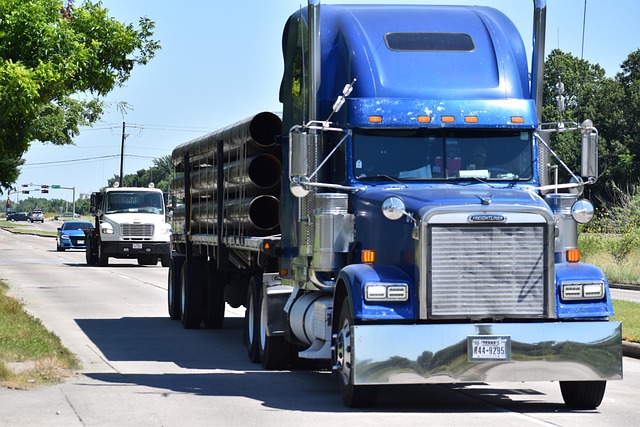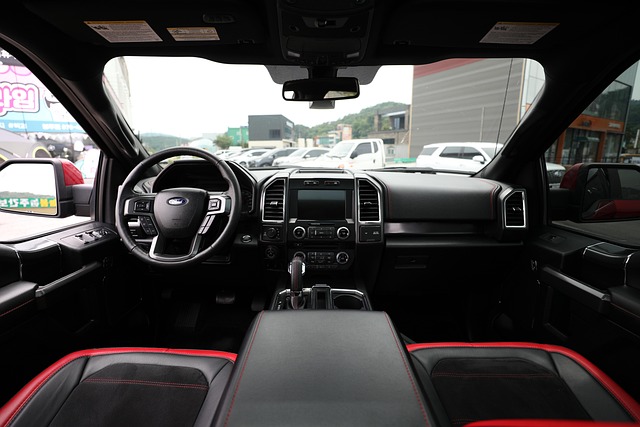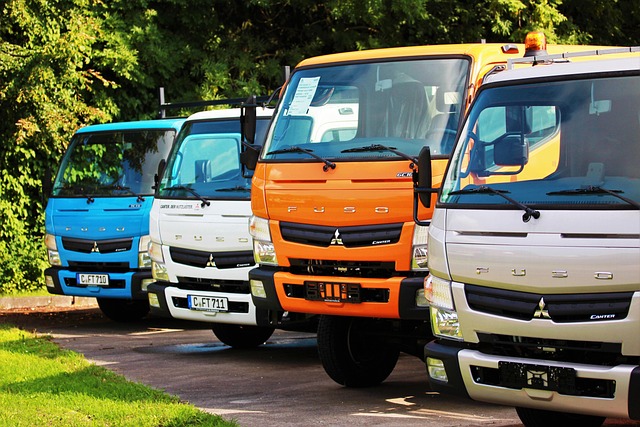Registering Your Car in California: DMV VIN Verification Guide
Looking to register your car in California? This comprehensive guide walks you through every step, from understanding eligibility requirements to completing DMV forms. Learn how to gather essential do…….

Looking to register your car in California? This comprehensive guide walks you through every step, from understanding eligibility requirements to completing DMV forms. Learn how to gather essential documents, perform a crucial dmv VIN verification process, and accurately fill out application forms. Discover the registration fees and receive your personalized license plate effortlessly. Streamline the process with our detailed instructions.
- Understand Eligibility Requirements for Car Registration
- Gather Necessary Documents for DMV Visit
- Perform VIN Verification: Steps and Tips
- Complete Application Forms Accurately
- Pay Registration Fees and Receive Your Plate
Understand Eligibility Requirements for Car Registration

Before you begin the registration process, it’s crucial to understand if your vehicle is eligible for registration in California. The Department of Motor Vehicles (DMV) has specific requirements that must be met, including a valid vehicle identification number (VIN) verification. This involves checking the vehicle’s history and ensuring it complies with emissions standards. One effective way to complete this step is through a mobile VIN verification service, which allows you to inspect your vehicle remotely.
To qualify, your car must meet environmental and safety standards set by the state. A VIN inspection is often a prerequisite for registration, especially if the vehicle is older or has been imported. By utilizing a mobile vin verifier, you can streamline this process, ensuring that any issues are identified early on. This helps to avoid potential delays or complications when submitting your registration application at the DMV.
Gather Necessary Documents for DMV Visit

Before visiting the DMV, ensure you have all the required documents for a smooth registration process. The list includes your vehicle’s registration certificate from the previous state (if applicable), proof of insurance, and a valid driver’s license. Additionally, you’ll need to provide a completed Vehicle Registration Application form, which can be obtained from the California DMV website. One crucial step is to undergo a DMV VIN verification, where they’ll cross-check your vehicle’s unique identification number (VIN) against their records.
For added convenience, consider using services like mobile VIN verification or mobile VIN inspection. These options allow you to get your VIN checked remotely, saving time and potentially avoiding a trip to the DMV. Just make sure these services are reliable and authorized by the California DMV to ensure your data security and compliance with local regulations.
Perform VIN Verification: Steps and Tips

To start the registration process for your car in California, it’s crucial to perform a Vehicle Identification Number (VIN) verification. This step ensures that the vehicle matches the information on record and is essential for completing your DMV VIN verification. Begin by locating the VIN, typically found on the vehicle’s driver-side door frame or under the hood. Then, take clear photos of both sides of the car as proof during the inspection.
Next, use a reliable mobile vin verifier to cross-reference the data with databases across multiple industries. This digital tool provides instant results by checking against manufacturers, insurance companies, and historical records. If discrepancies are found or the vehicle has a clean history, proceed with confidence. Remember that accurate documentation is key when dealing with official bodies like the DMV, making mobile vin inspection an indispensable step in securing your car’s registration.
Complete Application Forms Accurately

Filling out application forms accurately is a crucial step when registering your car in California. The process begins with obtaining the necessary paperwork, including the Application for Title and Registration (Form DMV-123). Ensure every section is completed thoroughly, providing all required information such as your personal details, vehicle specifications, and ensuring accurate vehicle identification number (VIN) verification through a DMV vin verification process.
Accuracy here is paramount to avoid delays or issues later. For added convenience, consider using a mobile vin inspection service which can verify the VIN and even provide an instant digital title transfer, making the registration process more efficient. Remember, attention to detail in these forms could save you time and potential headaches down the road.
Pay Registration Fees and Receive Your Plate

After completing your vehicle’s registration application at the DMV or online, it’s time to pay the registration fees. These fees vary based on factors such as the type and age of your vehicle. You can typically pay using a credit card, debit card, or check. Once your payment is processed, you’ll receive your registration documents and license plate(s).
Before taking your vehicle off the road, ensure proper licensing by undergoing a DMV VIN verification process. This involves confirming the Vehicle Identification Number (VIN) of your car through official channels. You can do this online, over the phone, or at a local DMV office. Alternatively, consider using a mobile VIN verifier for a convenient and quick inspection right from your smartphone.
Registering a car in California involves understanding eligibility requirements, gathering essential documents, performing a DMV VIN verification, accurately completing application forms, and paying registration fees. By following these steps and ensuring your vehicle meets all necessary criteria, you can smoothly navigate the process and hit the roads legally. Remember to always verify your vehicle’s identity through proper channels, like a dmv vin verification, to ensure a seamless experience.







